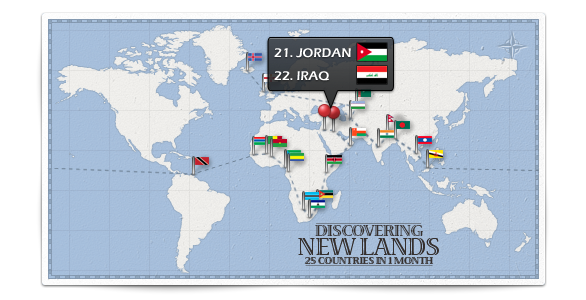New countries: Jordan and Iraq
source: StadiumDB.com; author: michał
 None of them is associated with football too much. So wrong! Both Iraq and Jordan have quite some football traditions and passion for the game, pictured with our first doses of stadia from those lands.
None of them is associated with football too much. So wrong! Both Iraq and Jordan have quite some football traditions and passion for the game, pictured with our first doses of stadia from those lands.
Advertisement
King Abdullah Stadium, Amman
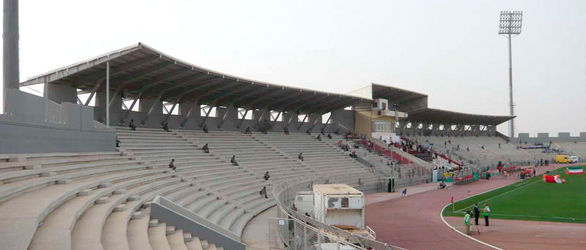
Second largest stadium in Amman (and the country, in fact), this one can hold up to 18,000 people, though vast majority only have terracing available, with minority under cover at the main stand. The venue dates back to 1998 and was intended to look like a fortification both from the outside and inside, with its tall wall over the stands.
Soon after opening it played host to first ever West Asian Championship in 2000, being the final venue again in 2010. Day-to-day use is provided by four local clubs, with national team using this stadium as well.
Prince Mohammed Stadium, Zarqa
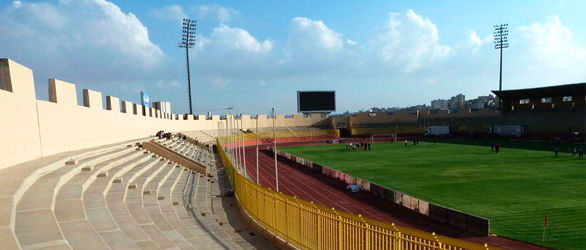
Donated by the government of China in late twentieth century it's among the largest stadiums in Jordan. Its capacity and location (in Zarqa, just off Amman, next to Jordan's main highways) it's frequently used by national teams – both the senior one, youth and female squads. Day-to-day use is provided by two local clubs.
Franso Hariri Stadium, Erbil
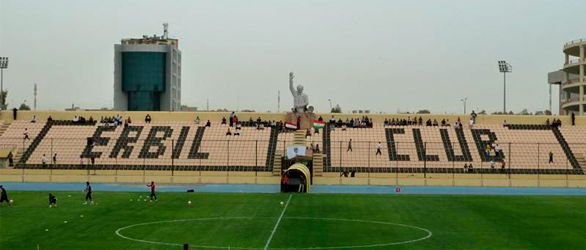
It dates back to 1956 when it was built south of Erbil in northern Iraq. Initially planned for 40,000 people it remained Iraq's second largest venue even after the 1992 renovations after which it could only hold 28,000 people.
As military conflict in Iraq brought chaos, the national team moved here in 2009 temporarily and ironically as this is the Kurdish part of the country, with limited autonomy.
Until 2001 it was called simply Erbil Stadium, but after assassination of governor Hariri who contributed to the venues renovations, name was changed to honour him. Along with name a figure of Hariri was set opposite the main stand of the stadium.
Babil Stadium, Babil
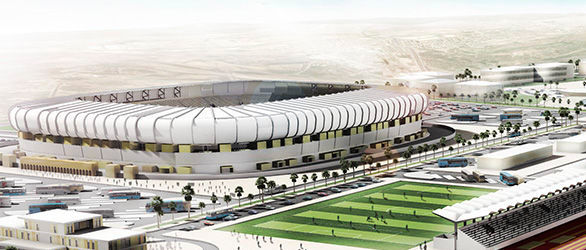
In 2011 Iraqi Ministry of Youth and Sports granted the implementation of new sports complex in Babil to Spanish consortium TriArena. Centrepiece of the complex will be a new 32,200-seat stadium. The venue designed by Javier Garcia Alda was initially to have single-tiered stands, but final layout will see it with two tiers.
Construction started in June 2012 and is expected to end in 2014. The football venue itself is to cost €84 million with other outdoor and indoor stadia also planned in the vicinity.
Advertisement

 StadiumDB
StadiumDB